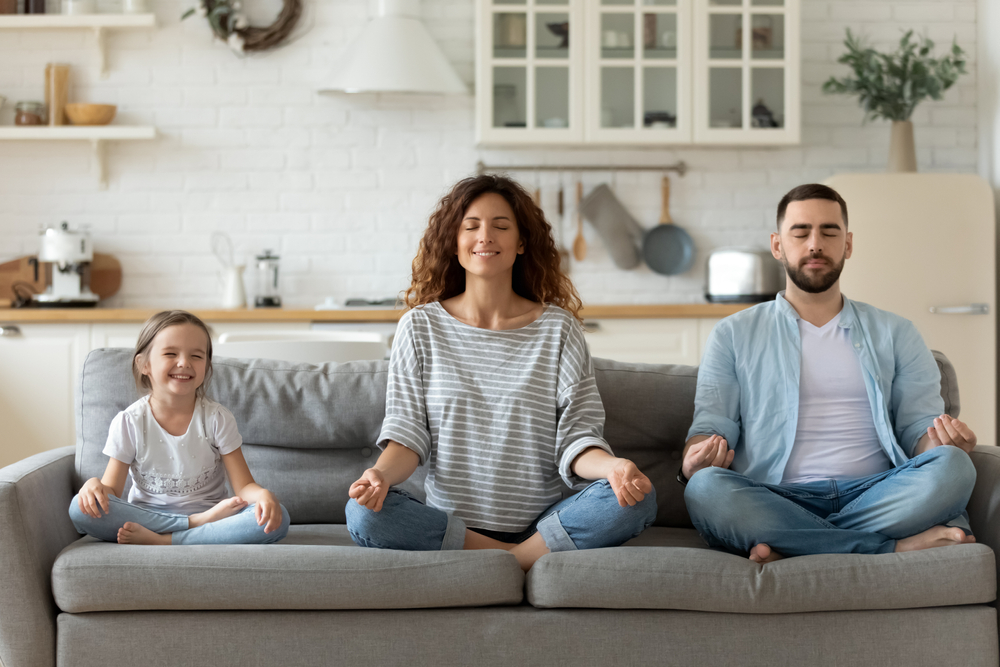Lakelovers Discount Codes – Latest July 2025 Offers!
Discover all of the latest Lakelovers discount codes, voucher codes and offers for 2025 right here! Idyllically positioned in...

Many holidaymakers choose to visit the Lake District to immerse themselves into the peaceful and inspiring scenery that’s on offer. The practice of mindfulness is about ‘being present and fully focused in each morning’ and there’s no better place to do so than here in the Lakes. Seek a calmer life by learning to control your busy mind.
In the Lake District, it’s easy to escape the hustle and bustle of everyday life and routines, spending hours in the great outdoors focusing on the beauty that surrounds us.
Keeping our thoughts, and actively staying, ‘in the moment’ has proven benefits for our mental health. So, this week we’re focusing on our own mindfulness with some tips on how to weave it into our everyday life.
Practising mindfulness in daily life helps gain long-term benefits, so make sure you’re realistic about how much time you have to spare each day.
For beginners, it’s a good idea to choose an activity you already do every day, such as making your bed and spend this time focusing on the moment – do not let your mind wander elsewhere. Whilst you’re on your daily walk is another great time to choose, or maybe your commute to work.
Perhaps start with 10 minutes every day to get you started – you’ll soon be hooked and can make focused mindfulness part of your routine.
There’s no wrong or right time to practice mindfulness, you just need to commit to it daily.

While practicing mindfulness, your goal is to have zero thoughts.
For those who have been practicing daily for years, this will be possible. However, as a beginner, the reality is that you will still have thoughts running through your brain. The goal is to control these thoughts and not let them control you.
The analogy of watching buses go by but not getting on one is often used to understand mindfulness.
You stand by the side of a busy road – you watch the buses go by, but you don’t board. Think of your thoughts as the buses that pass, but you do not engage with or explore them.
Let your thoughts pass you by. This will take time to perfect, so don’t get hung up if you find it difficult to practice to begin with.
In trying times, it’s easy to feel overwhelmed. An easy way to restore calm is to take three sighs out or take three deep breaths.
This is great to do with the kids after they’ve enjoyed screen-time to help them transition back to home-schooling or quiet time.

Mastering mindfulness helps mental wellbeing by managing anxiety, stress, low motivation, fear or anger, all emotions that can lead to mental exhaustion and burn out. Our thoughts control our emotions, so learning to control our thoughts leads to emotional stability.
They sometimes have a vital role to play to keep us safe. However, sometimes overactive thoughts are not helpful, niggling thoughts can lead to unneeded fear and panic. Use mindfulness to restore calm and stop these thoughts coming to mind.
When you’re ‘present’ your brain is free from ‘over-thinking’ and you become more patient, forgiving and more fun to be around.
When practicing mindfulness, it’s helpful to choose a ‘centre’ to focus on and return to it. Focusing on your breath works incredibly well, taking note of your chest rising and falling.
Place once hand on your chest and one on your tummy, take deep breathes into your stomach and feel your hand rise and fall with each inhale and exhale. Breathe in through your nose and out through your mouth.
You could also choose to focus on the sounds around you, maybe the traffic outside your window, or the birds singing in your garden.

The easiest way of passing mindfulness onto all the family is through role-modelling. Skills will become second nature with regular practice. You will likely feel calmer more frequently than before, and children will pick up on this change.
There are also some lovely digital options too for guided meditation and mindfulness. The Headspace app has lots of helpful tips to set you on your mindfulness journey, they also have practices designed for children from age 5 so everyone can join in.